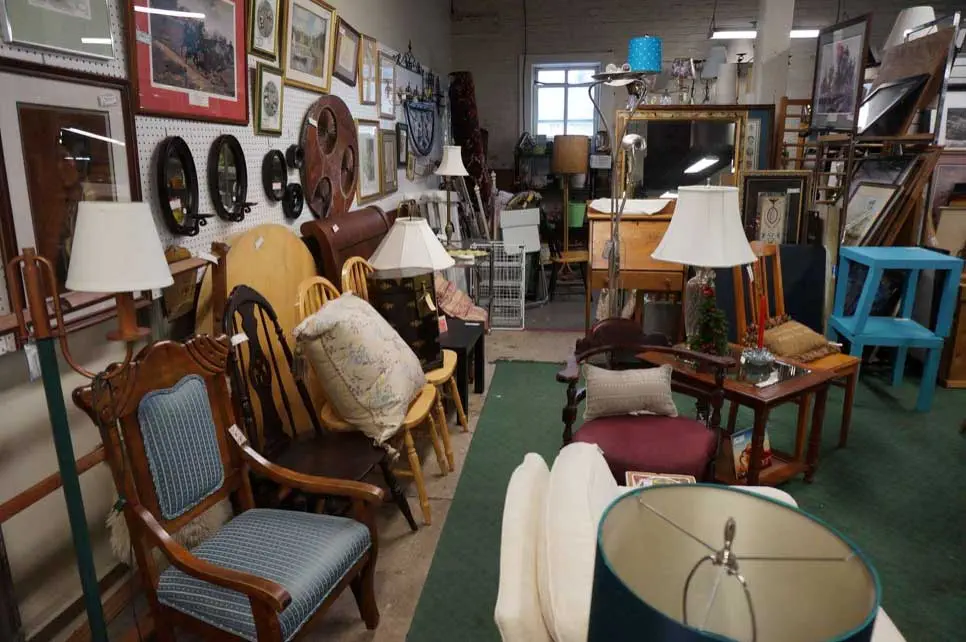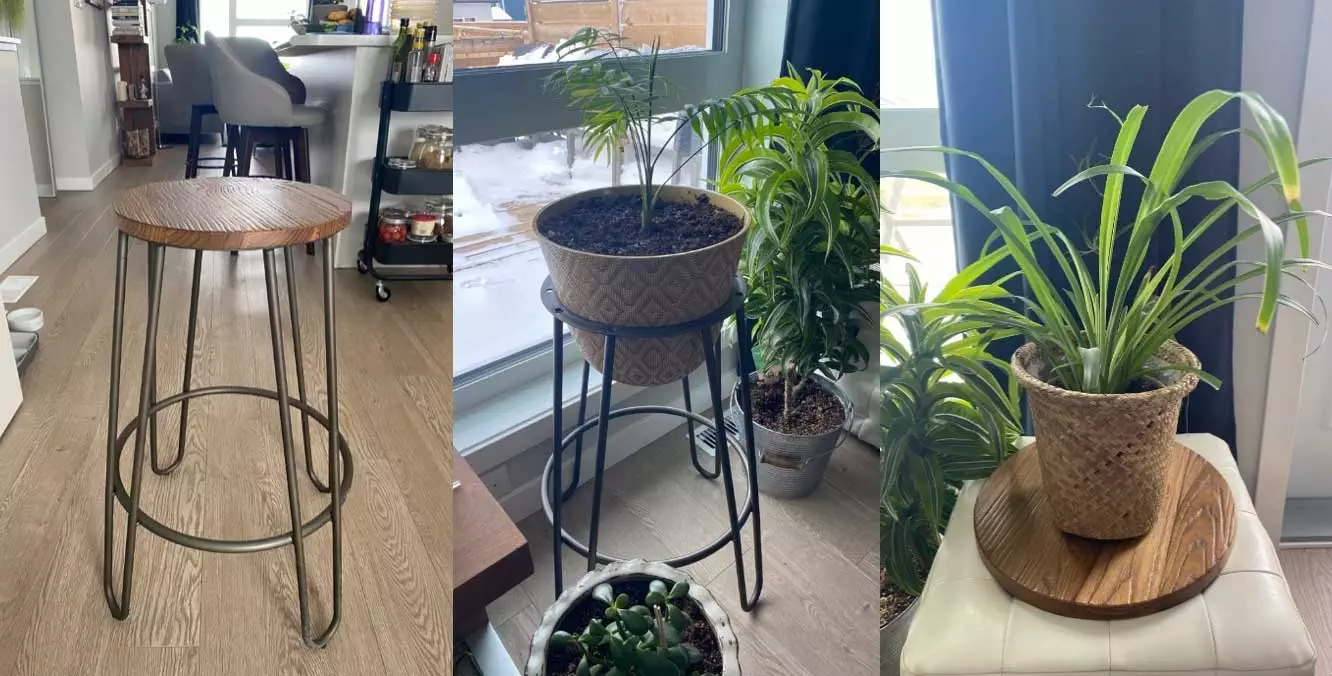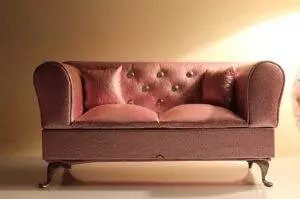Whether you’re moving, relocating your office, or finally mustering up the motivation to do something about that outdated sofa you said you were going to do something about ages ago, there comes a time when you’ll have to get rid of some furniture.
If you’re thinking about throwing away a piece you no longer want, stop (unless it is in such a state of disrepair that it can’t be salvaged in any form). Instead, we urge you to think about furniture waste, and how bad the whole thing is, to deter you from throwing it away. Refer to the paragraph below if you require assistance with developing this thought:
Furniture waste is on the rise. One of the big reasons why is due to the pandemic: renovation booms, companies throwing away all their office furniture as they opt to go virtual, and other factors brought about by COVID-19 have all contributed to this rise in f-waste. Additionally, the persisting trend of fast furniture—that is, cheaply-made furniture not built to last (you may be familiar with this)—results in massive amounts of furniture being thrown away not long after it’s been bought.
Take a look at that piece of furniture you no longer want, and consider if it can be used by others, or if it can provide a use other than its intended one (we’ll get to this latter point later). Rather than tossing it and contributing to the waste stream, ponder these alternative options:
- Recycle
- Donate or Give Away
- Sell Online
- Hold a Garage Sale
- Restore
- Upcycle
1. Recycle
When you think about the sorts of things you can recycle, furniture likely isn’t one of the first that comes to mind; however, it is in fact possible to recycle—some—furniture.
There are recycling facilities that accept furniture, including us at Canadian Mattress Recycling Inc. Despite what our name may imply, we actually do recycle furniture too—head over to our website to see what types of furniture we accept.
You may also be able to recycle your unwanted furniture through your city’s recycling depot; some towns even do pick-ups for your convenience.
2. Give Away or Donate
Giving away or donating furniture may be the easiest way of getting rid of unwanted furniture: after all, not many people would pass up on the opportunity to get their hands on free or affordable furniture, as long as it’s in decent condition!
Perhaps you want to declutter your house, starting with that hand-me-down armchair in the corner of your living room that no amount of wishful thinking will convince you matches the rest of your furniture; or maybe your office is relocating, leaving you with a whole bunch of office chairs. Whatever the case, an unwanted piece of furniture may be wanted by a friend or family member—it doesn’t hurt to just ask!
Donating your furniture is another great option, and one that would probably make you feel really good about yourself, which is a nice feeling. Many thrift stores accept furniture, as well as Habitat for Humanity’s ReStores, which can be found in many parts of the world, including Canada and the U.S.

Fort Myer Thrift Shop.
Some other options of giving away furniture are through The Freecycle Network, a non-profit movement dedicated to providing people with an easy means to share goods for free with others in their city; Facebook Marketplace; and the “free stuff” category in Craigslist.
Whether you’re giving away or donating your furniture, make sure to clean the furniture as best you can in order to make it as appealing as possible. Additionally, take high-quality photos with good angles and lighting if you plan to sell or give away your furniture online.
3. Sell Online
Getting rid of furniture doesn’t need to be an unprofitable endeavour: you can use it as an opportunity to make a bit of money by selling it rather than giving it away.
There are dozens of online marketplaces where you can sell your used furniture. Here are just a few of them:
As is the practice when selling anything online, be wary of scammers. And be patient because sometimes it just takes time.
4. Hold a Garage Sale
With the right advertising and presentation, a garage sale can be a sure-fire way of getting rid of loads of furniture, among other possessions.
While garage sales don’t reach as wide an audience as selling online, they allow you to channel your inner salesperson and persuade individuals to buy your unwanted possessions. Furthermore, hosting a garage sale could be a great way of getting your weekly dose of social interactions in if that’s something you’re lacking.
To avoid the dreaded “no turnout,” you should publicize the garage sale at least a few days ahead of time—social media posts, ads in your local newspaper, putting up signs around your neighbourhood, and so on—as well as choose a good day and time. Friday, Saturday, and Sunday mornings are the best times to hold garage sales, and it wouldn’t be a bad idea to schedule them for the first weekend of the month either, as that’s when a lot of people get their paychecks.
The way you display your furniture is important as well, as people driving by will be less likely to check your garage sale out if it looks like you flung your stuff out through your bedroom window and onto the lawn.

A garage sale with the items clearly and neatly displayed.
Another thing to keep in mind is your primary goal: if the main purpose of the garage sale is to get rid of your furniture, be willing to negotiate and sell items for a bit lower than you’d like if need be.
Garage sales are an effective method of getting rid of large quantities of possessions, however, if you only have a few things to clear out, consider other options. Or ask to join in on a neighbor’s garage sale!
5. Restore
Restoring furniture is a quick and easy way of extending its lifespan, while also adding personality to it. In an age where paint exists, there should be no reason to throw out a piece of furniture that has merely suffered a little cosmetic damage. If the paint of, say, a chair has been chipped, a new coat of paint may be all that’s needed for that chair to be let out of the basement to rejoin its kin in the dining room.
If, however, you’ve got a piece of furniture that is in such a terrible state that it’s on the brink of flatlining, you may need to put a little more work in to save it. Reupholstering, the process of changing the fabric of an item, can be enough to bring a dreary piece of furniture back to life.
Let’s say you can’t be bothered to do either of those things. That’s fine. Though at the very least, it shouldn’t be too herculean of a task to enhance your furniture by simply buying pillows, throwing blankets over them, or even getting a slipcover to stretch over them. Restoring furniture really can be as simple as that.
6. Upcycle
If you’re willing to spare the time and resources, upcycling could be a fun and useful alternative to throwing out a piece of furniture. Upcycling is the process of taking an item—usually one that has lost its use or beauty—and transforming it to give it a new, often greater function or appeal. Refer to the photo below for an example of upcycling:

A repurposed stool that has been made into a plant stand and tray.
Upcycling is an opportunity to turn something useless or unwanted into something practical or pleasing. While upcycling might sound like quite the undertaking, it can be as simple as turning a plastic water bottle into a plant pot—you’ll likely find all the resources you need around your house, and it’s no more than a few minutes of work.
Here are some ways to upcycle furniture:
- Turn your old chair into a towel rack for your washroom.
- Turn an old kitchen stool into a planter.
- Saw an old desk in half and turn it into two end tables.
- Add casters to a nightstand and make a cart.
- Use an old headboard as a fence in your garden.
If the thought of putting in all that effort to upcycle entire pieces of furniture makes you even more inclined to throw your furniture away, you can upcycle certain materials from your furniture instead. For example, you can remove the filling from the cushion of a broken armchair and use it to stuff a sofa that’s sunken in your favourite spot over the years.
Takeaway
We live in an age where producing hundreds of pounds of waste each year—per person—is normal. When we really pay attention to the waste we accumulate, however, it becomes abundantly clear that a lot of it can be easily avoided.
The idea of finding solutions to getting rid of furniture other than throwing it in landfills is one that most people don’t even think about, and many people who do think about it wish they hadn’t thought about it, and then promptly send their furniture to a landfill.
It’s easy to throw away a ragged sofa you’ve had for 10 years and then call it a day. But imagine how many more years you could get out of that sofa if you decided to refinish or reupholster it. Imagine the amount of use someone else could get out of that sofa if you decided to donate it (if you aren’t keen on restoring or upcycling, maybe they are). Doing such things is both cost-effective and environmentally friendly.
There’s no shame in throwing furniture away, of course; however, we hope the takeaway from this post is that throwing furniture away should be a last resort, rather than your first action.
Words by: Liam Basi





